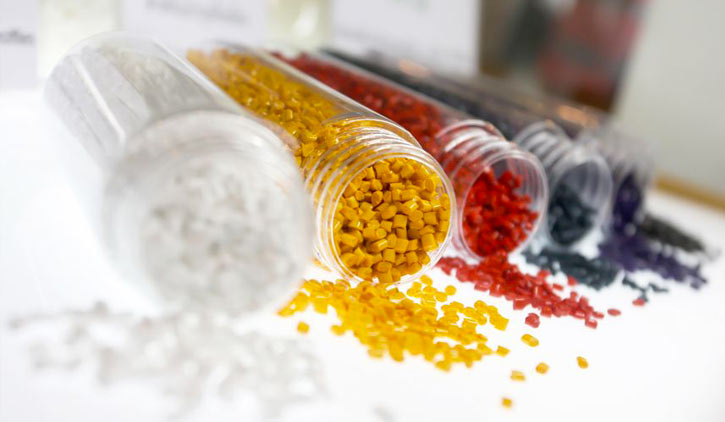


On this market , targeted markets targeted are new plastics generation, adhesives/resins in substitution of urea/formaldehyde or formaldehyde, new materials and coatings/paints. Although currently non-food uses are marginal, applications in materials or plastics have been strongly developed in the early 20th century to be abandoned in the 60s in favor of fossil oil based products. New research based on the unique features of proteins were boosted from 10 to 15 years thanks to the awareness of the depletion of fossil fuel stocks and the evolution of the regulatory framework in certain industrial sectors (European « REACH » regulation).
Vegetable proteins, thanks to their complexity and diversity of fractions plant based proteins can be used to produce plastics, fibers, surfactants or adhesives having original and unique functional properties, in addition products made from plant based proteins are biodegradable and without harmful emissions on the environment. The association European Bioplastics predicts a global production of 3.5 to 5 million tons of biobased plastics in 2020 for a total plastic market of 48 million tons in 2007. The majority of these biobased plastics are manufactured either from starch or from derivatives from starch fermentation. However wheat protein used as polymers are likely to represent an industrial development in the production of thermo-molded or thermo-injected products (in automotive, toys, mobile phones, Plastic bottles…). Recently, patents have been filed on wheat gluten plasticized with works carried out in collaboration with INRA Montpellier . While awareness and demand of biobased plastics are still weak, offers and volumes, are expected to growth considerably in the coming years (15-20 %) according to estimates. GreenUnivers anticipate 15 % to 20 % market share of bioplastics by 2015.